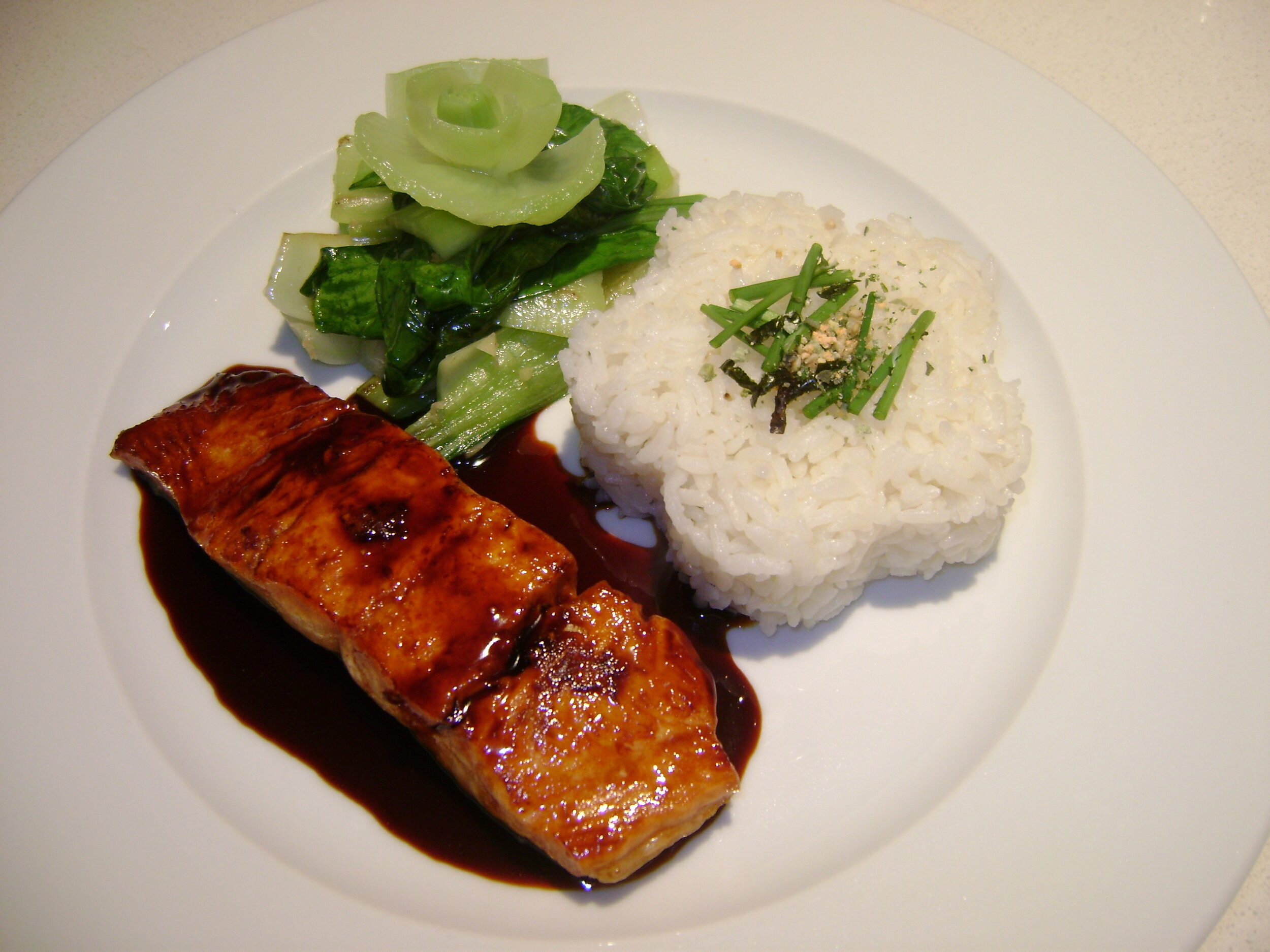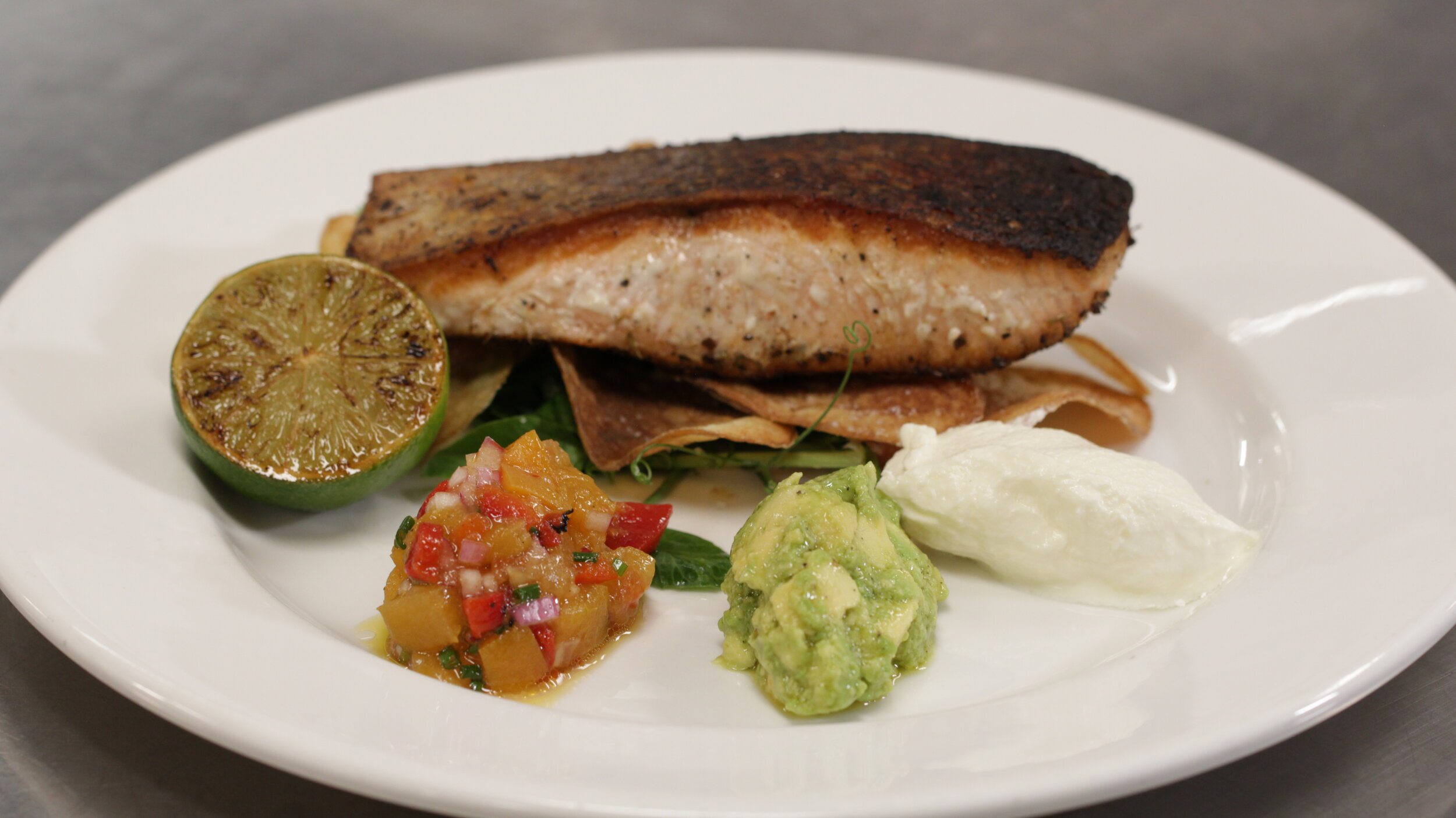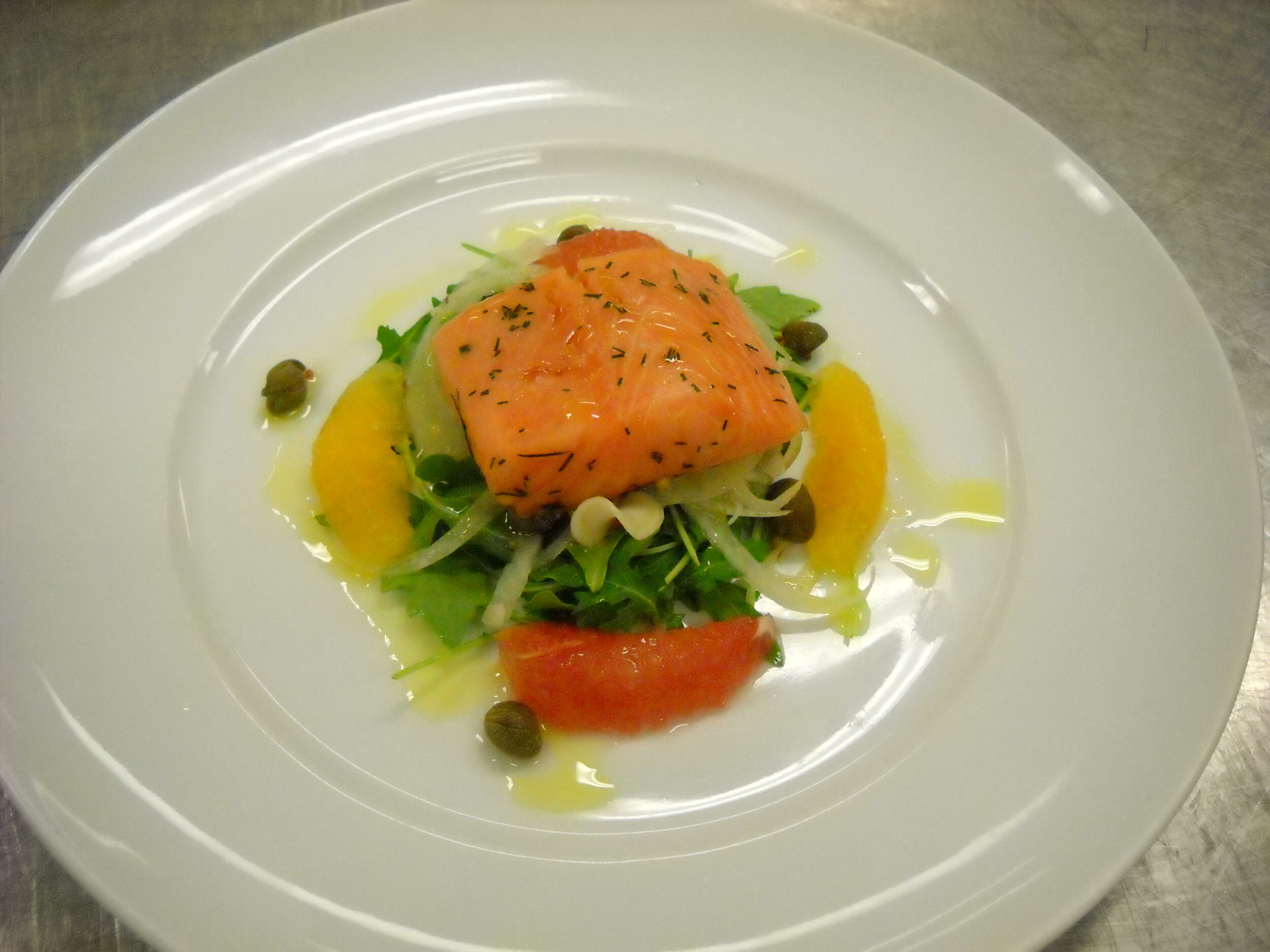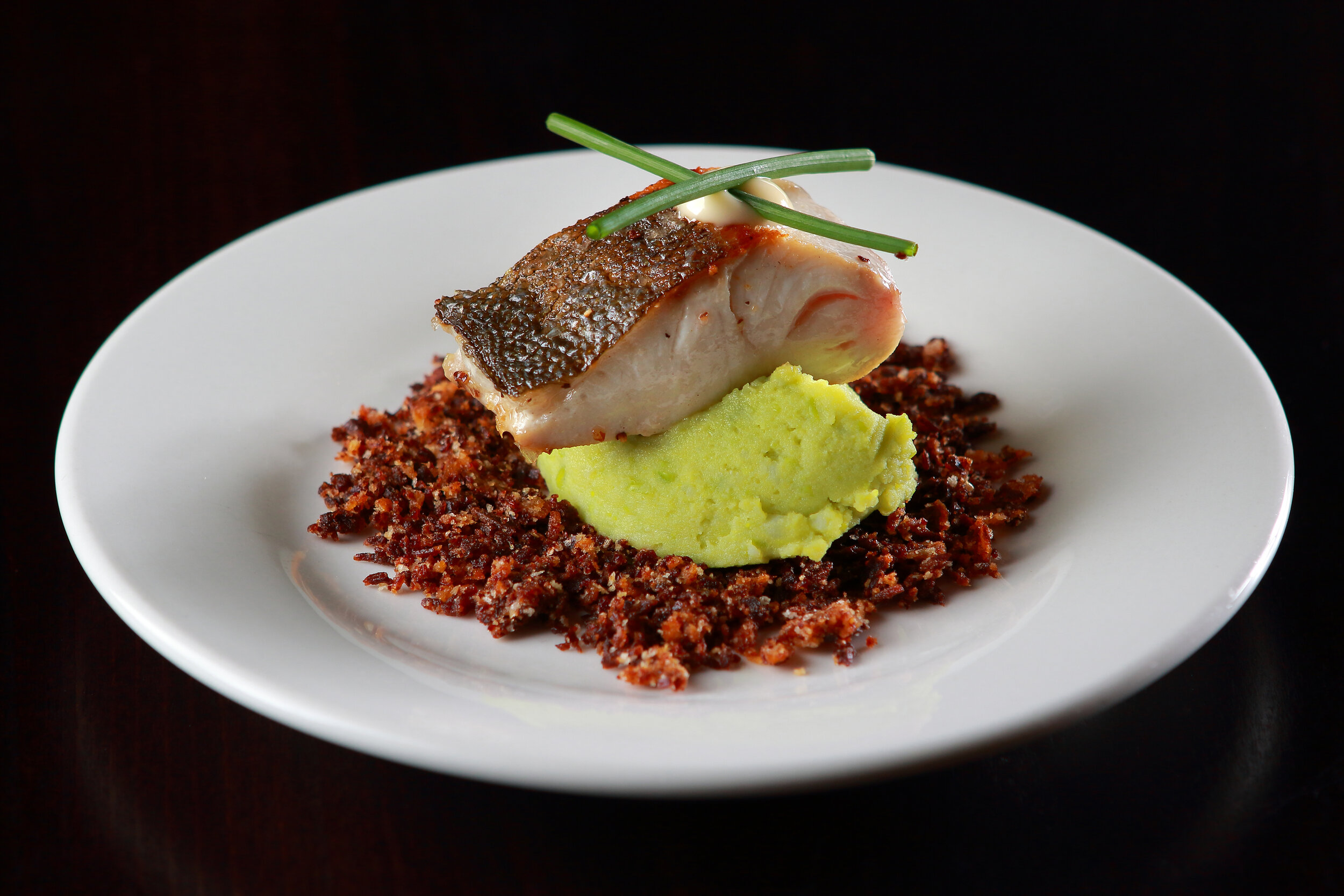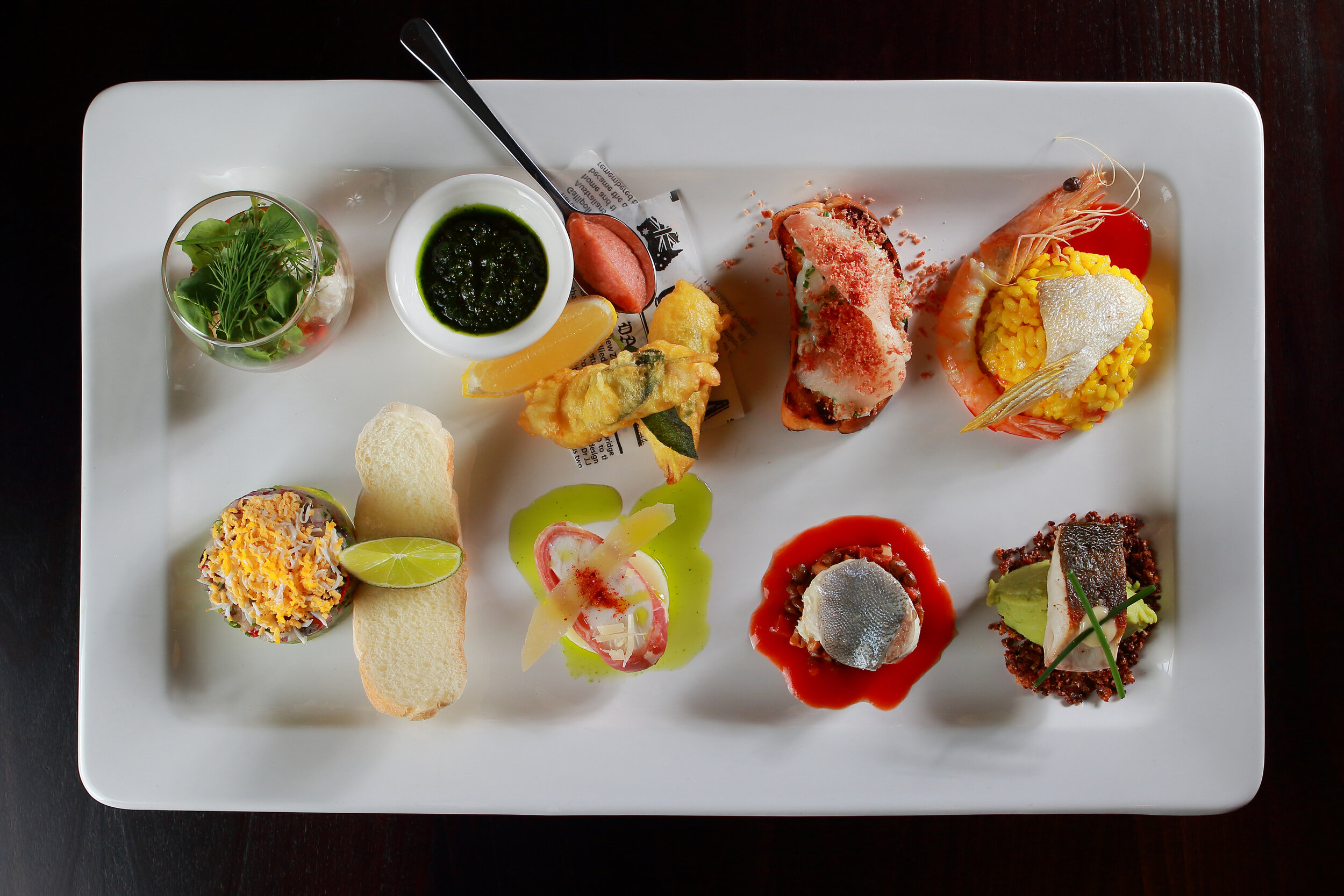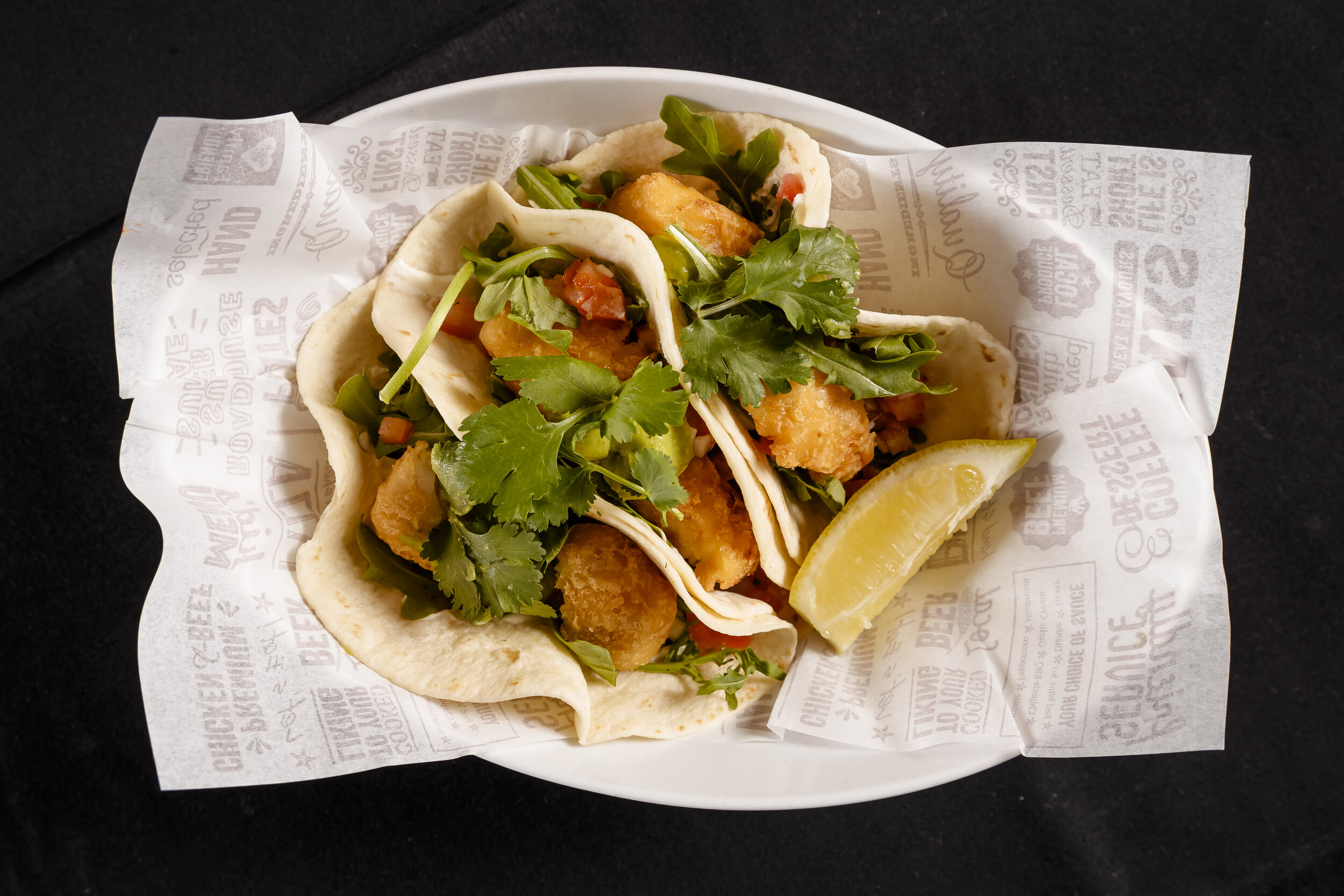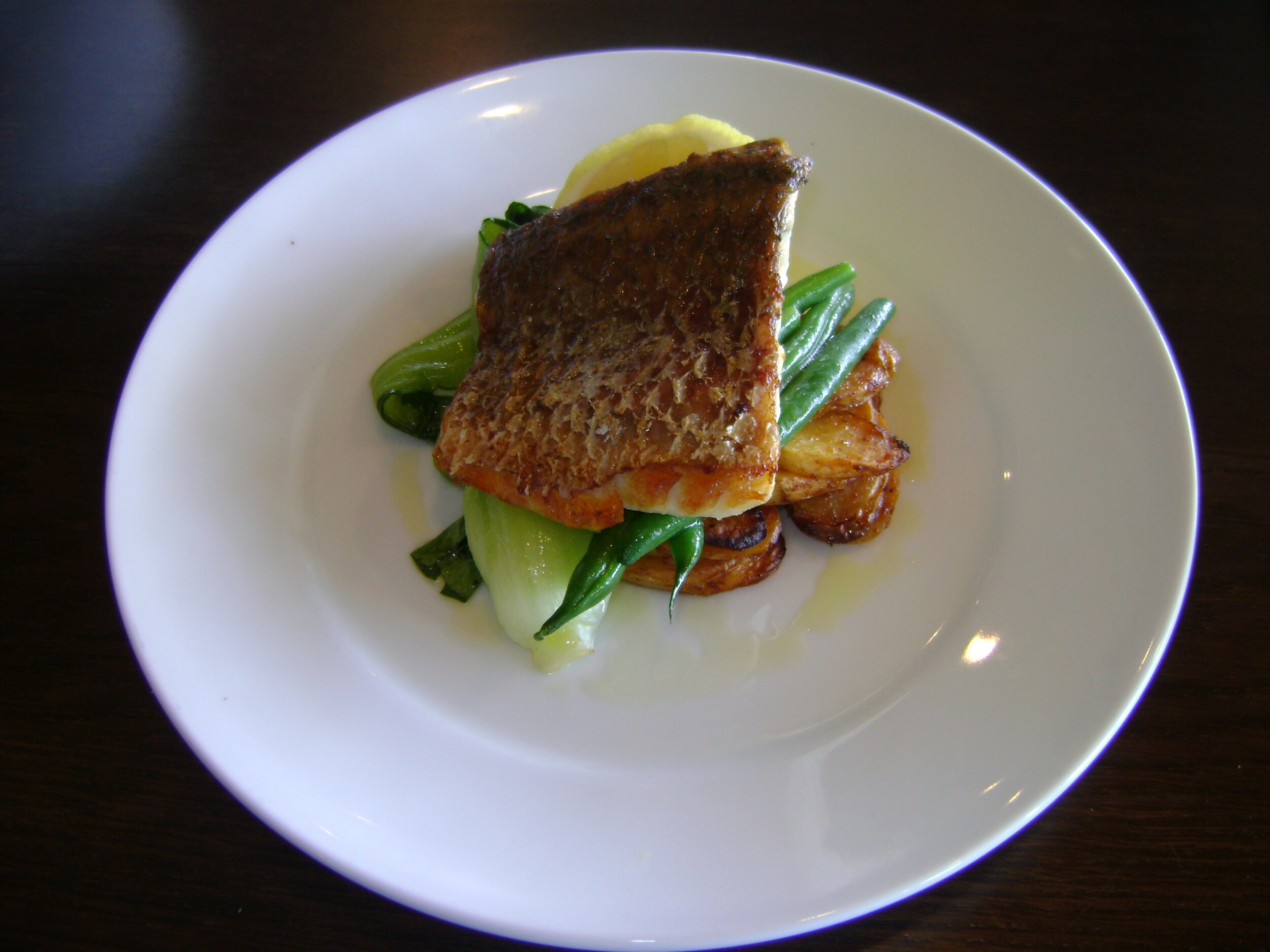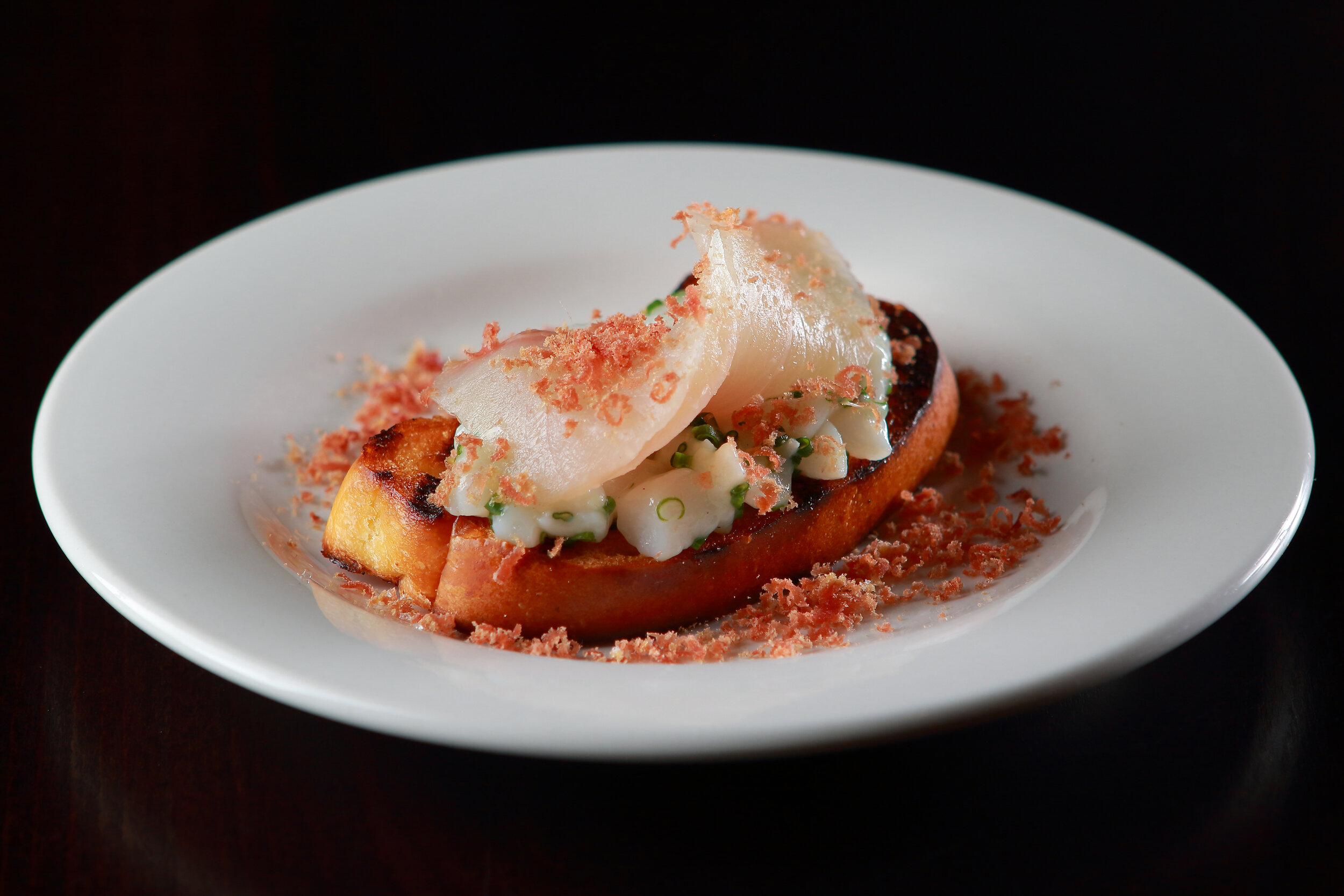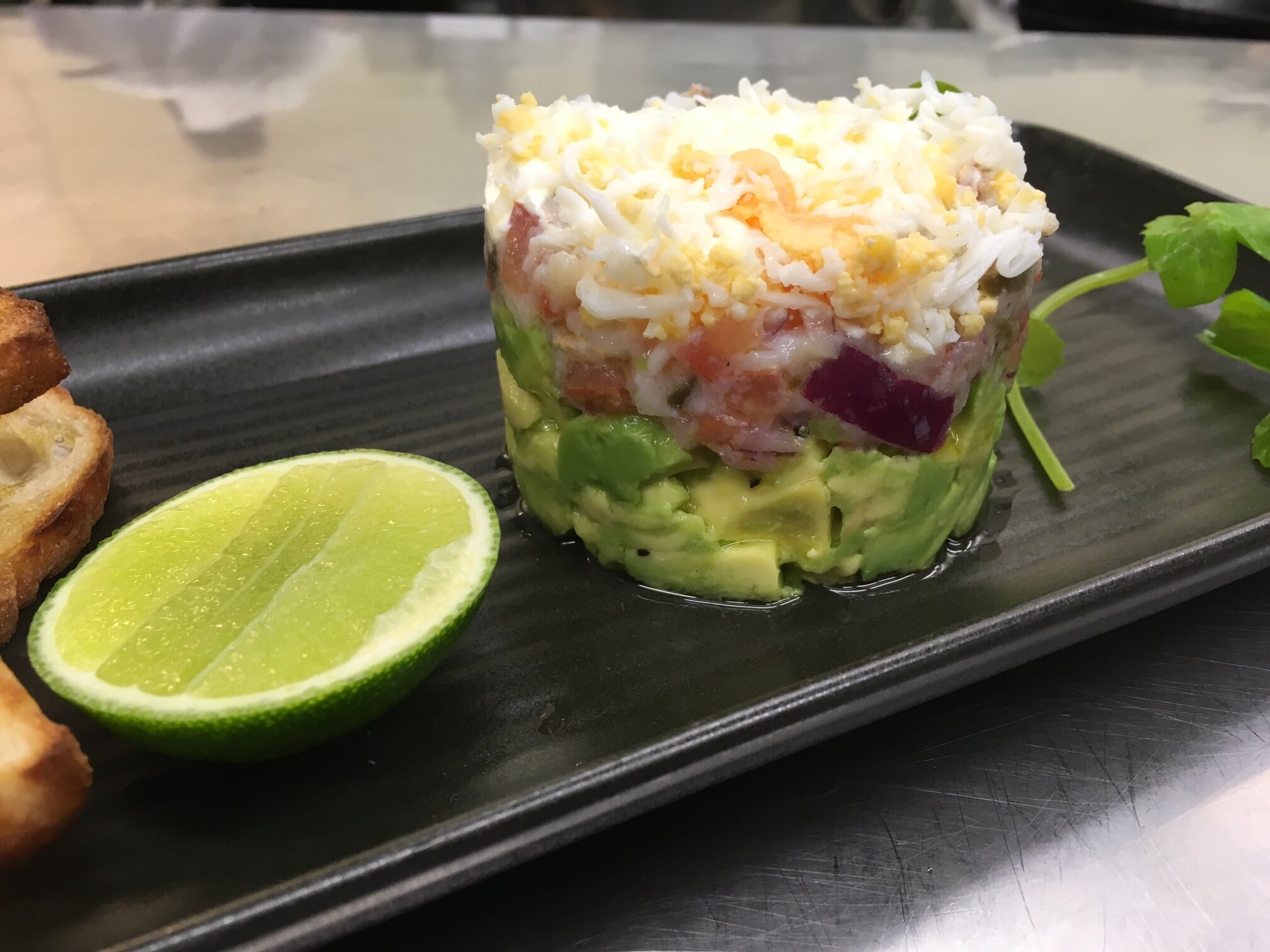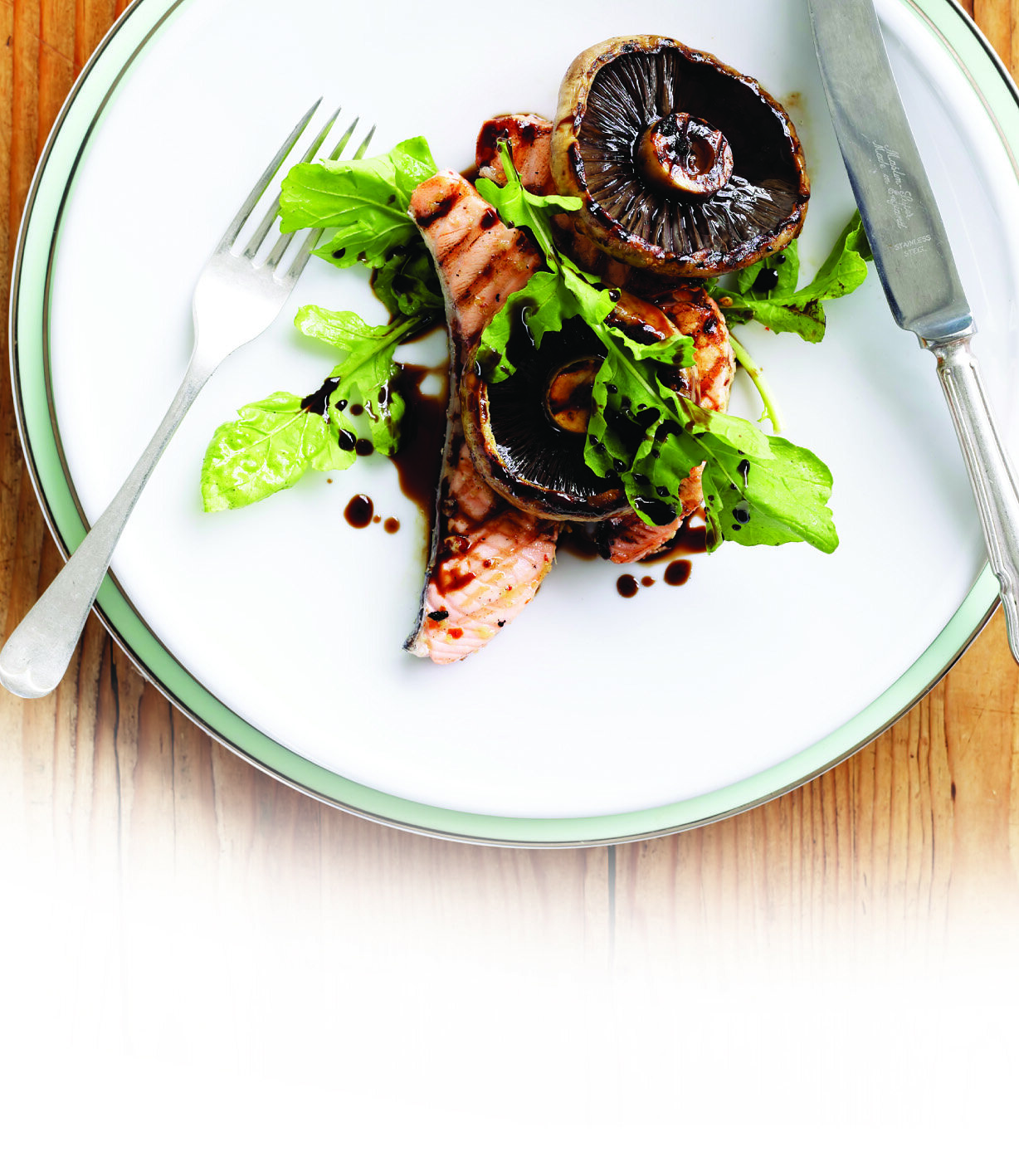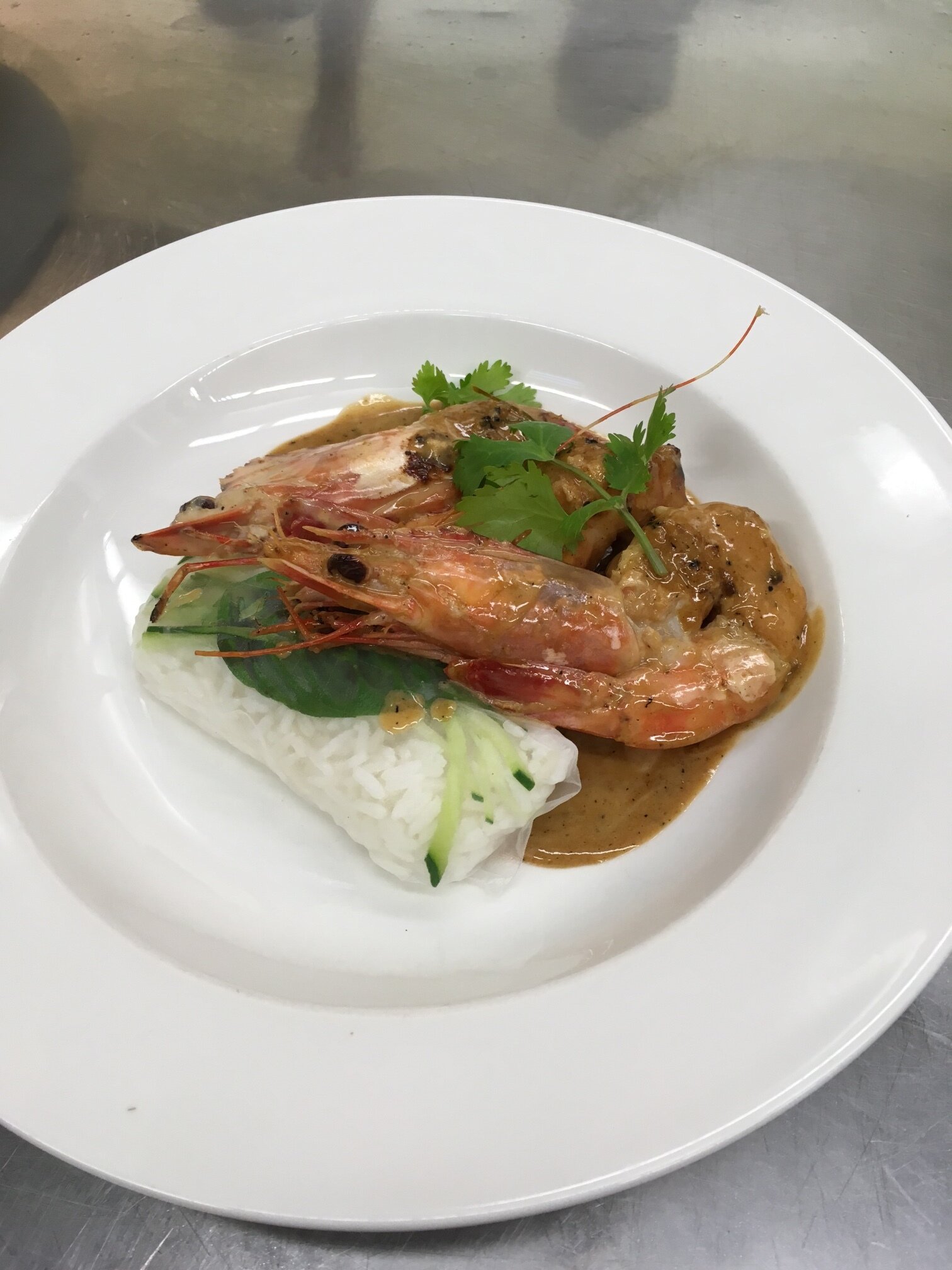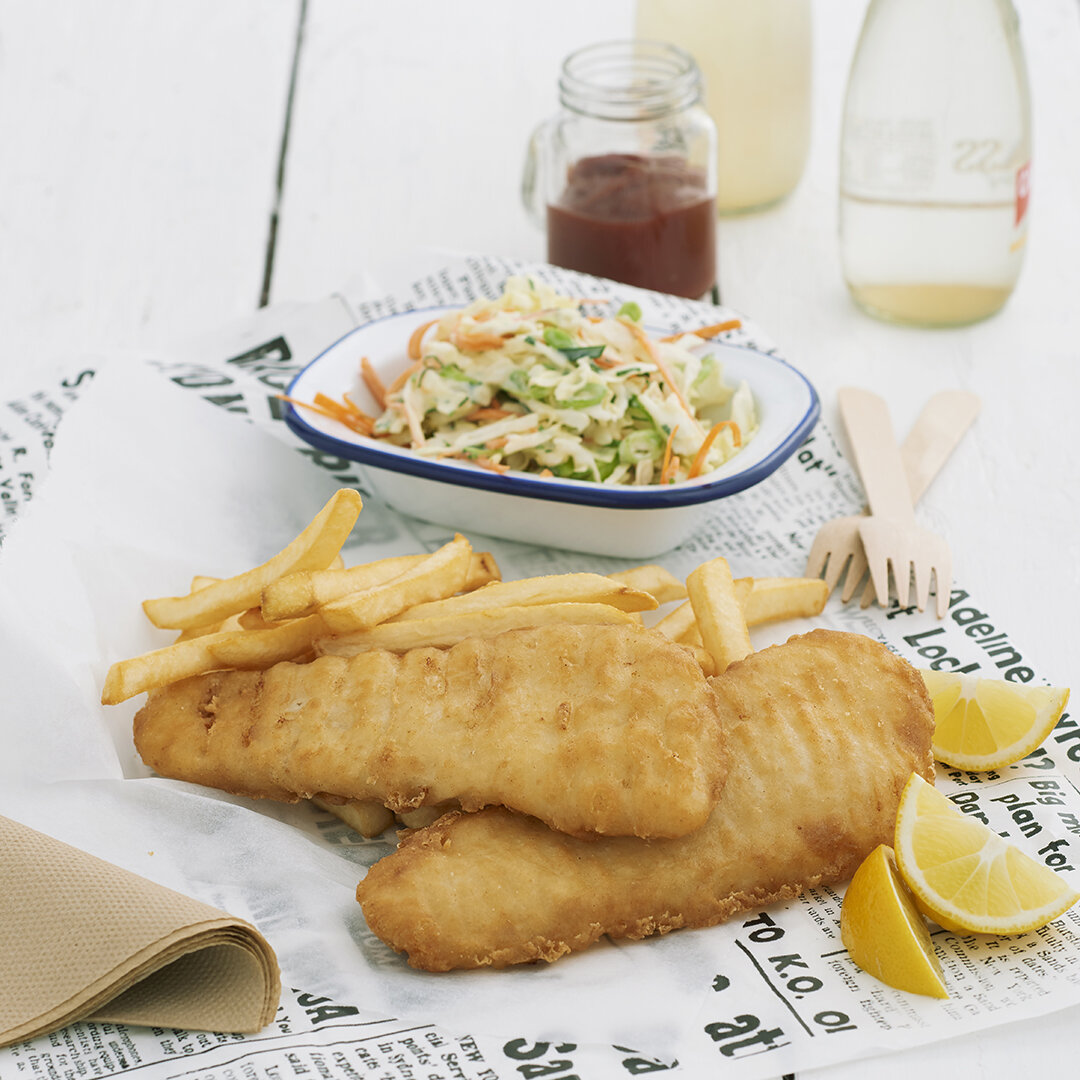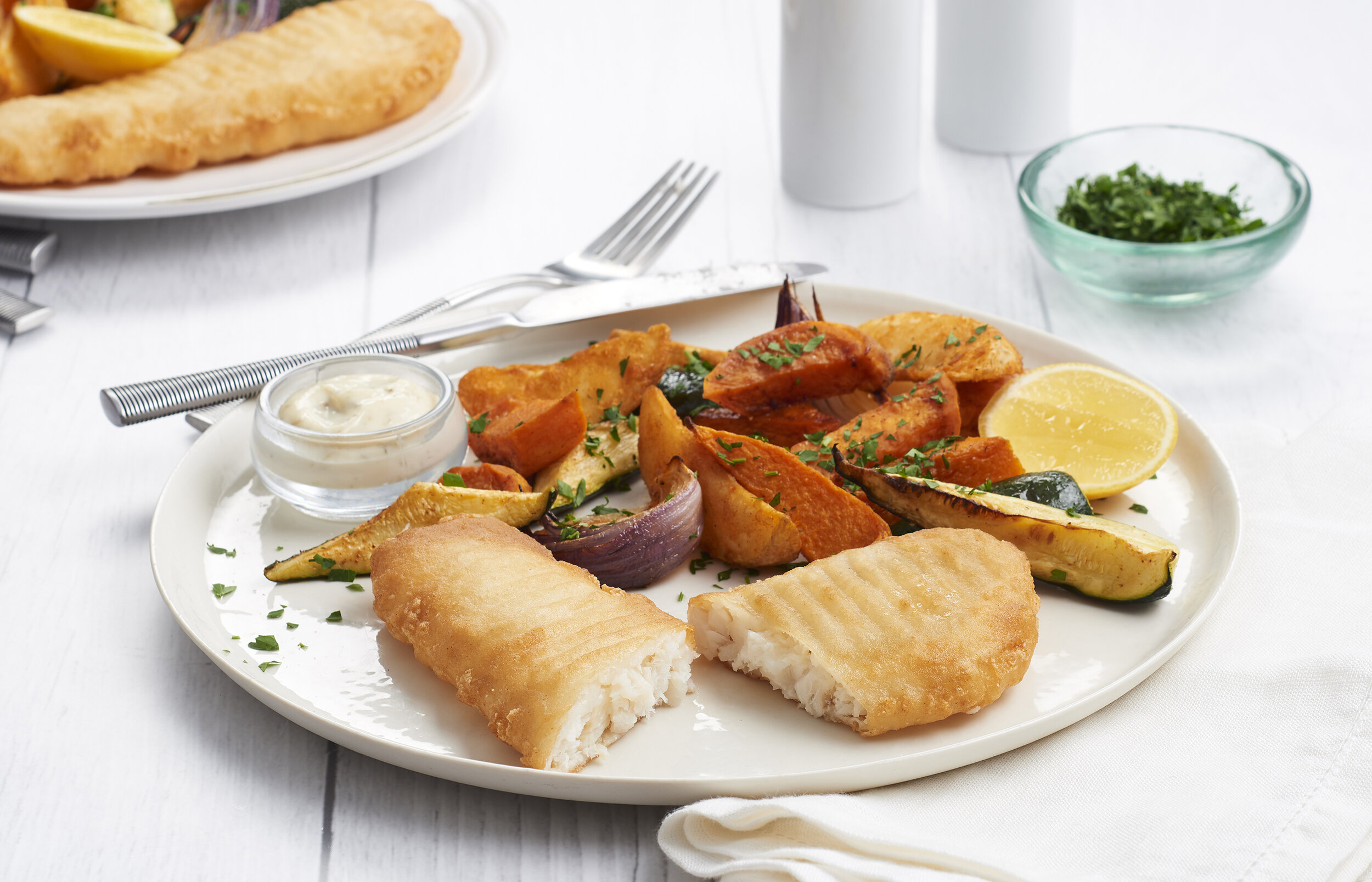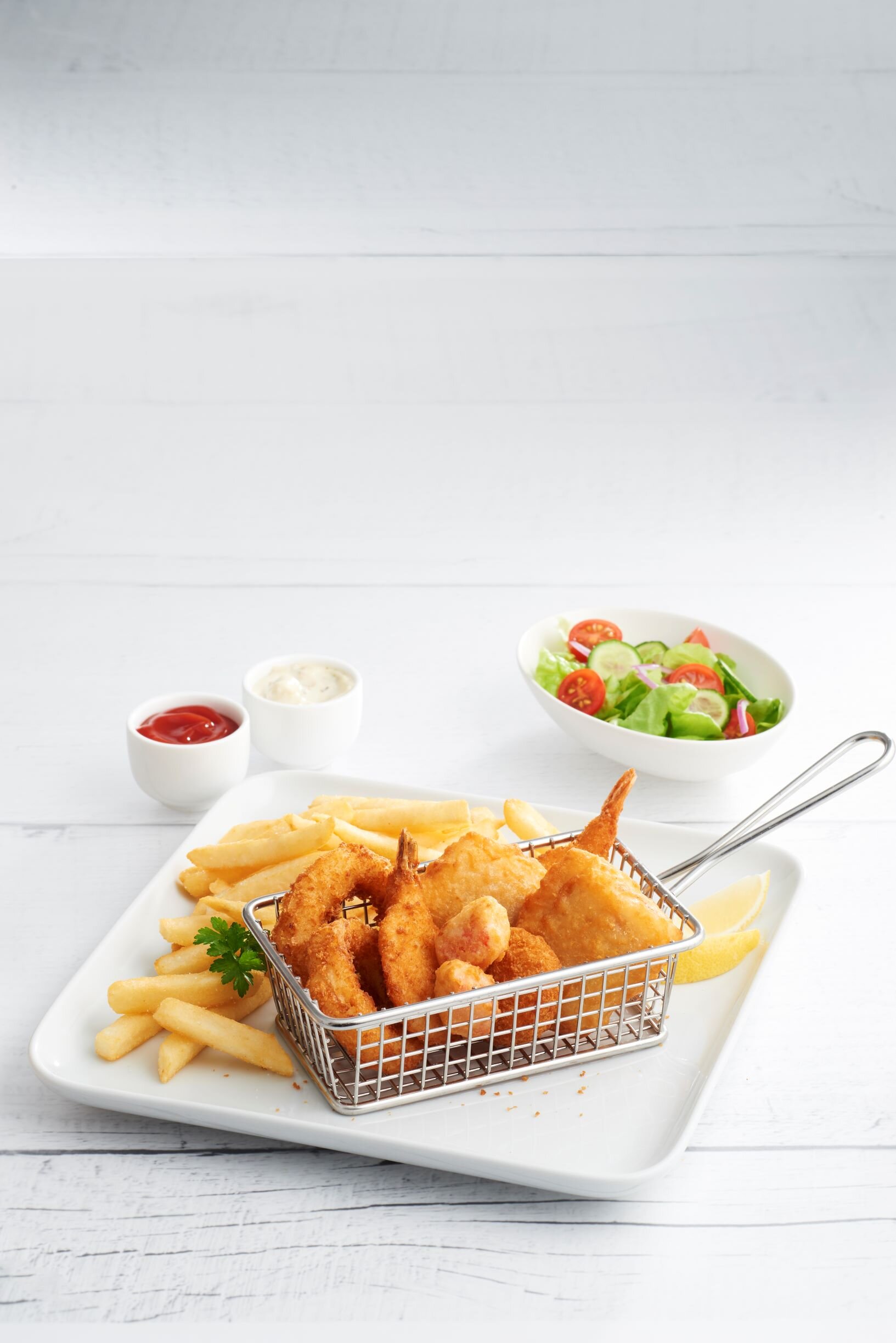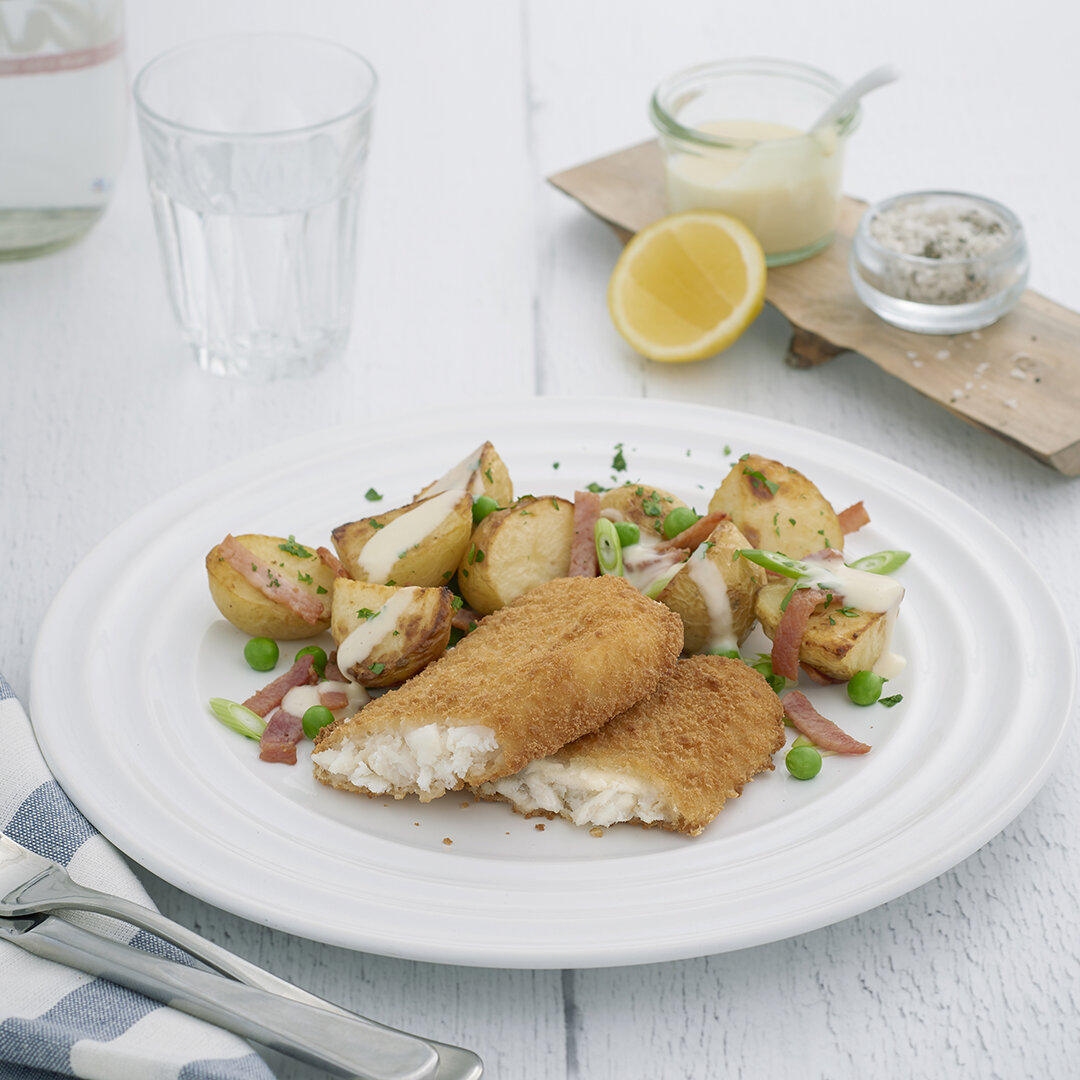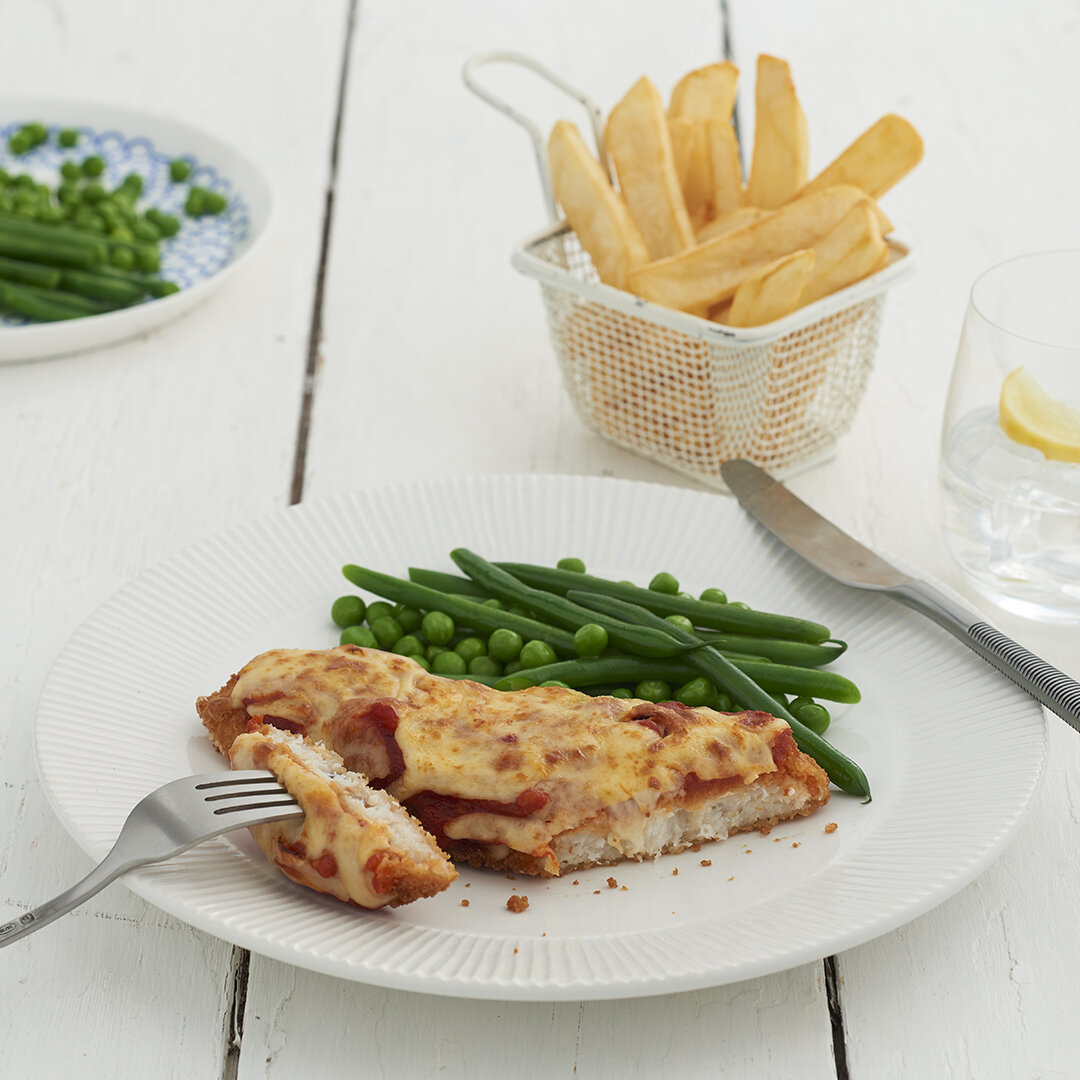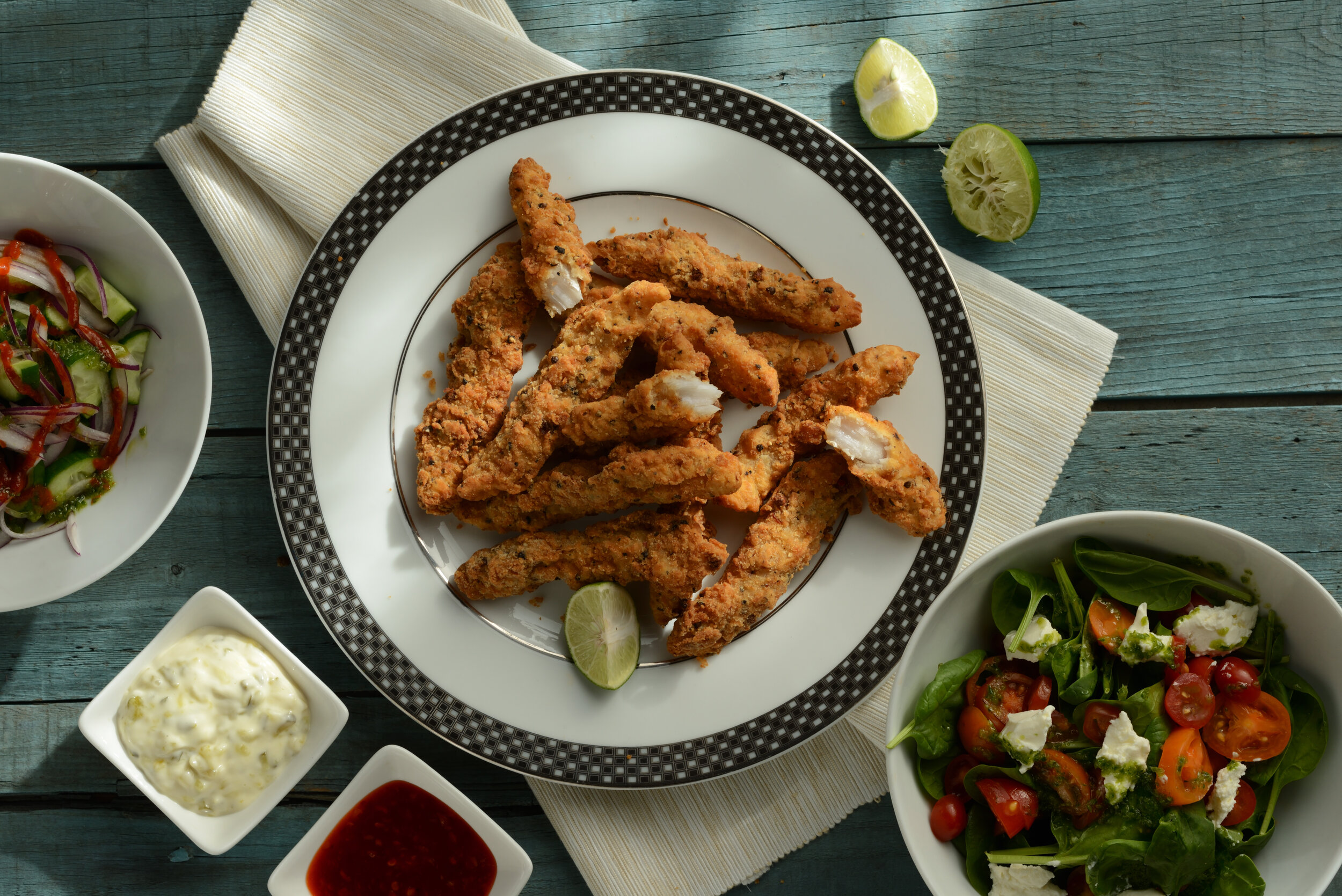Seafood still a mainstay of the summer menu
AUSTRALIANS’ LOVE AFFAIR WITH SEAFOOD extends right through the year but reaches its height over the summer months – and nowhere is this more evident than in the roaring pub and club trade, where seafood buffets form a key component of the menu and chefs showcase their creativity through innovative presentation of the best the nature has to offer in this regard, from Moreton Bay Bus to Tasmanian salmon and lobsters sourced off the West Australian coast.
“Supply is abundant and the prices are very competitive,” affirms Gary Johnson, Group Executive Chef for ALH Group which operates more than 300 licensed venues across Australia including iconic hotels and neighbourhood pubs.
“The quality of the seafood we’ve been able to get into pubs over the last five to eight years has really increased, and there’s now a real customer demand for fresh fish.”
Gary says two of the top five sellers on today’s pub menu are typically seafood. “Number one is usually chicken parma, number two is an eye fillet or rump steak, but three to five tends to be made up of the market fish, fish and chips and then whichever dish the chef does really well. In fact I think the highest selling dish we have in seafood would be fish and chips with a nice garden salad served with tartare and a side of lemon.
When it comes to fresh market fish, Gary aims to keep the presentation simple. “We generally serve it fish grilled, beer battered or according to the chef’s particular inspiration – which might be a nice wasabi pea mash and drizzle of Teriyaki sauce, or Cajun style yellow finned tuna brushed with lemon and thyme served on a niçoise salad. There’s a myriad of ways to present and serve seafood.”
Barbecue-style presentation is also trending highly for seafood right now. “We’ll do a seafood barbecue with a piece of market fish, calamari and fresh prawns, and grill the whole lot together with a little bit of Cajun or barbecue sauce – the chefs will make up their own blend and serve with flavoured mayo and salad and of course a little lemon. That’s one of our biggest dishes in coastal hotels,” Gary tells us.
Capitalise upon regional seafood
Australia’s reputation as a producer of quality seafood also presents an opportunity to capitalise upon consumer demand for regional produce. “One of our Cairns hotels had barramundi on the menu for $19 and it was a reasonably good seller, but when we found out it was an imported product we immediately changed over to an authentic Australian barramundi – because why would you buy imported barra when you’re in Queensland and trying to showcase local produce? So we put the Australian product on the menu and put the price up to $27, but within two weeks our sales had doubled! Not only was the quality definitely better, we knew that by promoting it as locally sourced we would attract customers who wanted to experience the best of regional produce. Not only the locals but the tourists too were proud of the fact it was locally caught – Australians take pride in the quality of our seafood and we should be using that as a drawcard to attract customers wherever possible.”
This also ties in to greater consumer awareness around food sustainability - something both seafood suppliers and foodservice outlets are increasingly focused on. “There’s definitely a consumer-driven responsibility for businesses to demonstrate commitment to sustainability,” Gary affirms, “and that’s something which you’ll see now across most responsible pubs. In Australia we have some fantastic saltwater fish farms – Humpty Doo comes to mind as one of the best – and we bring in salmon, black cobia, mulloway and kingfish. That’s five good fish all farmed here and we put our orders in on Monday and get them on Tuesday afternoon packed on ice – the quality is amazing and it’s what customers expect. It’s great, it’s sustainable and we’re not wiping out wild populations.”
Suppliers providing more choice in species, flavours, cuts and presentation
The increased availability of seafood in today’s market has led to a greater expectation of variety – and major seafood suppliers have responded by expanding the range of species, flavours, cuts and presentation styles they offer to foodservice. “Our job is to make life easier for the foodservice professional, and that means providing shortcuts without compromising on quality, which enable them to run a more profitable business,” says David White, Executive Chef at Simplot Australia which markets a wide range of value added seafood under the I&J and Captain’s Catch brands.
“And with customers keen to know more about the provenance of what they’re eating, we also try to highlight quality attributes which can help to differentiate your menu offering from the competition – such as MSC (Marine Stewardship Council) certification in support of sustainable fishing practice.”
He cites the example of MSC certified Wild Caught Alaskan Pollock in crispy battered or crunchy crumbed portions, newly available from Captain’s Catch in a range of sizes to suit differing menu applications. “The advantage of a product like this is it offers consistent portion size, a high fish to coating ratio and a flavour subtlety that customers appreciate,” David explains, “and we’ve found it has broad appeal – from health and aged care through to clubs and pubs, caterers and takeaways.”
Simplot has recently launched Captain’s Catch Seafood Basket, a popular combination of seafood coated in crispy tempura batter and crunchy crumb, along with new Captain’s Catch Wild Caught NZ Whiting in crumbed 110g and battered 85g portions. “This is Southern Blue MSC certified whiting from New Zealand, which is a great call-out on everyday menus to help you drive sales,” David says. “Again it’s got broad appeal across the commercial side of foodservice and it’s also making inroads into the institutional sector – it’s ideal for health and aged care facilities which are looking to offer a second centre of plate fish portion or for menu rotation.”
Provenance provides a point of difference
Neil Cane, Innovation Manager at seafood supplier Pacific West, is similarly focused on calling out provenance in seafood products as a means of providing foodservice end-users with a point of difference from the competition. “The market is moving away from the idea of seafood as a mass-produced commodity, foodservice end-users want products with uniqueness about them and a story to tell. So we try to look outside the square for products which offer something a little different.” Big sellers in the Pacific West range include Beer Battered Flathead, Salt and Pepper Squid, Crumbed Calamari, Crumbed Prawns and Tempura Fish Fillets – “these are all mainstays, but it’s important to also try to introduce something a little more innovation to the menu. With this in mind we’ve brought in Okains Bay long line sustainably sourced fish from New Zealand – fished in the traditional method with bait and hook. This old-school approach is actually something that will resonate with your customers – the fishermen go out in their boats, they target ling or deep sea cod or shark and each fish is taken off the hook individually and frozen at sea. So there’s a point of differentiation and an opportunity to engage the customer with a backstory which enhances their appreciation of the product.”


